
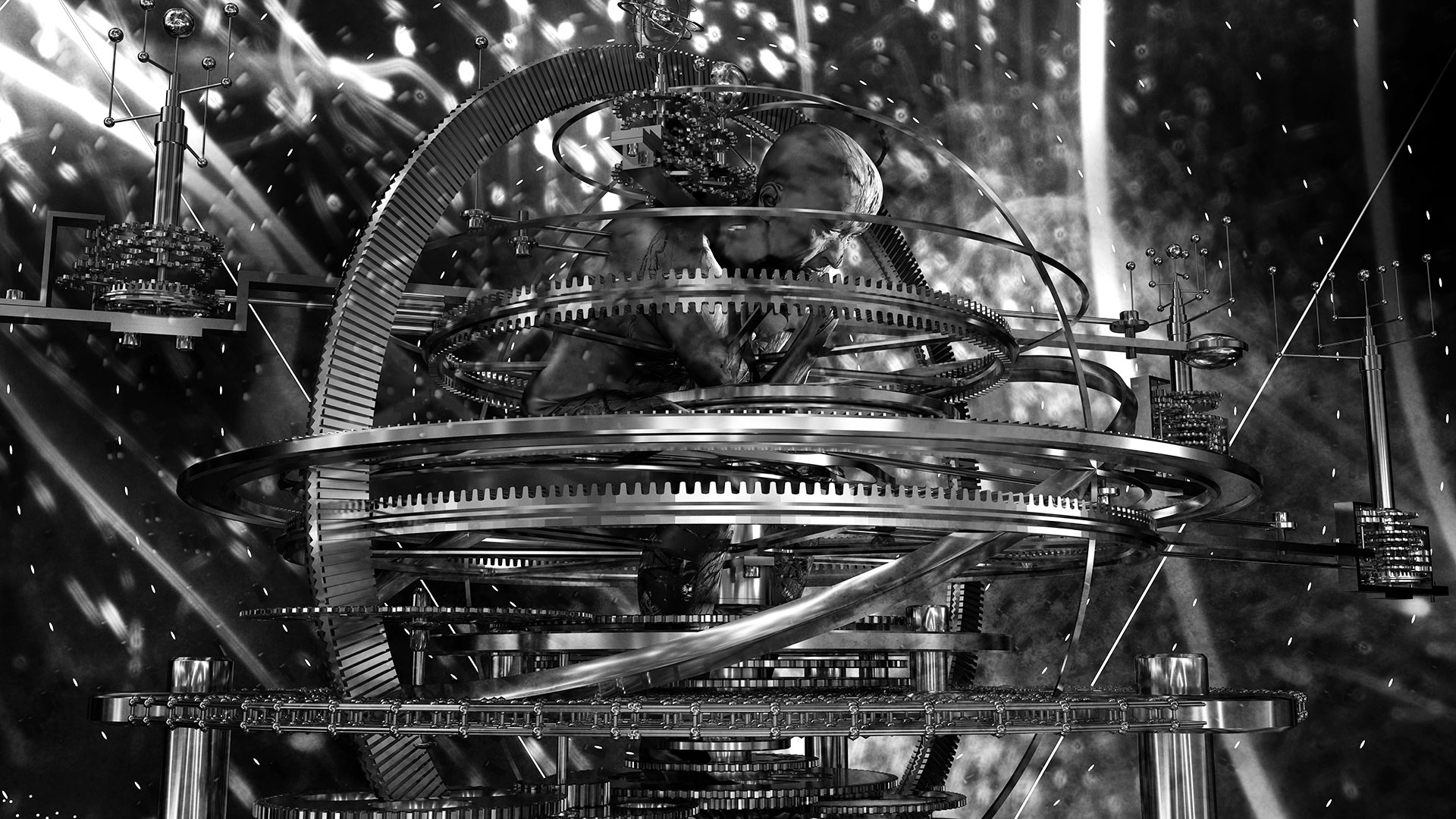
Original human work, created without artificial intelligence.
This work is protected by copyright in all its parts.
© 2023 by Heinz Hermann Maria Hoppe. All rights reserved.
Color and tone value representations on monitors deviate from the original.
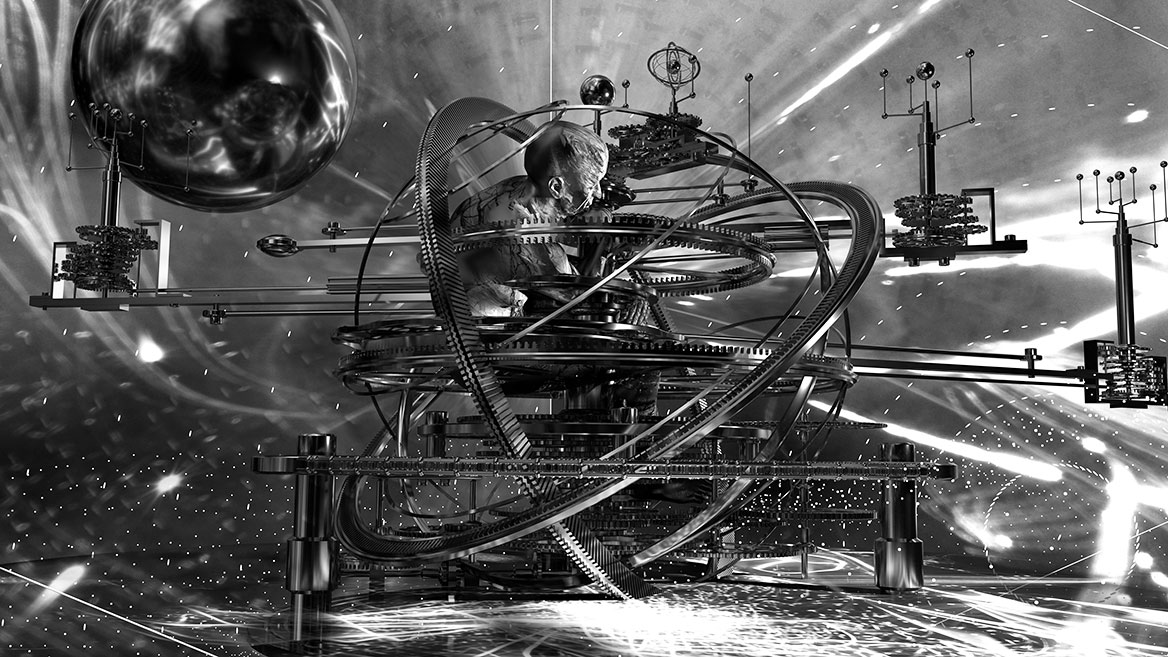
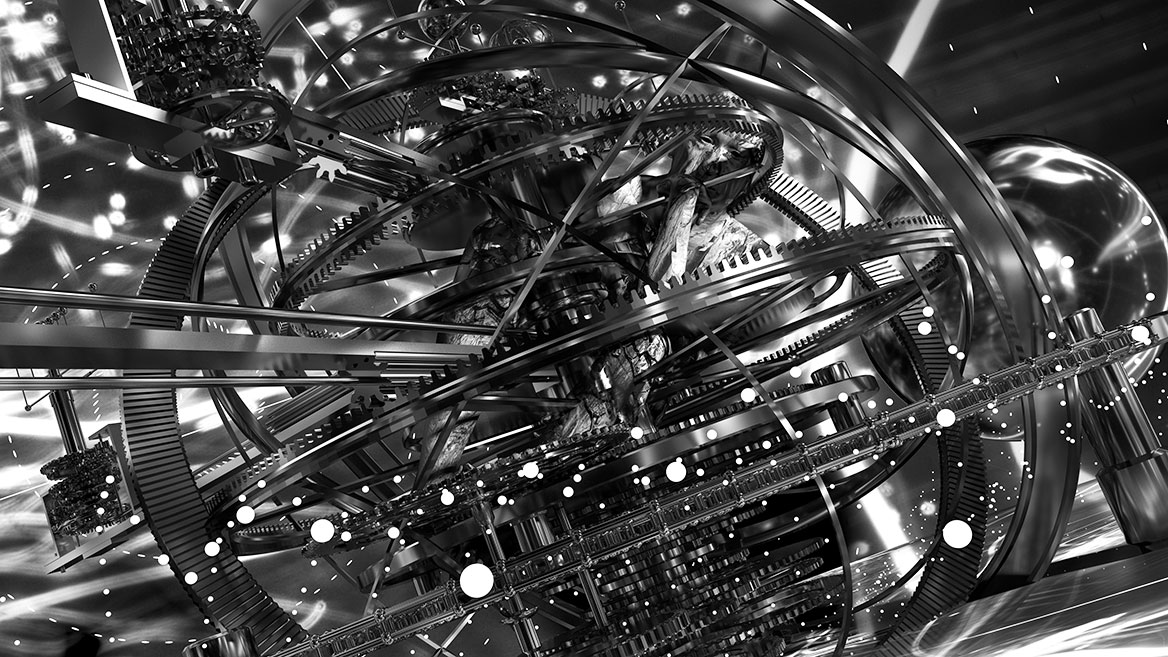
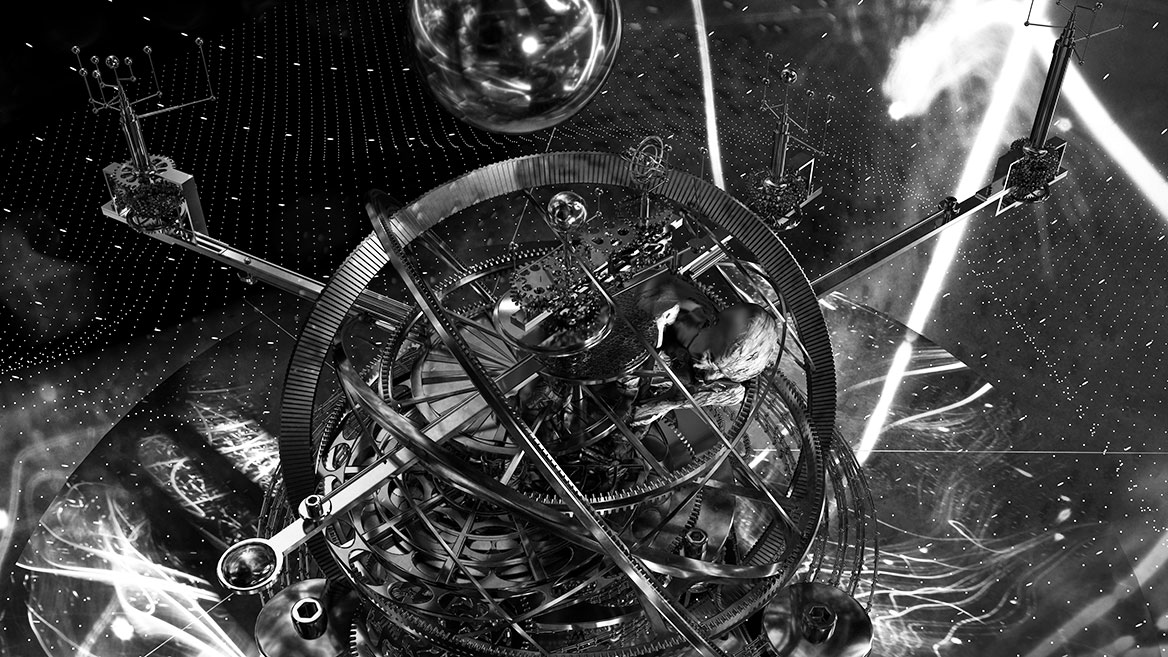
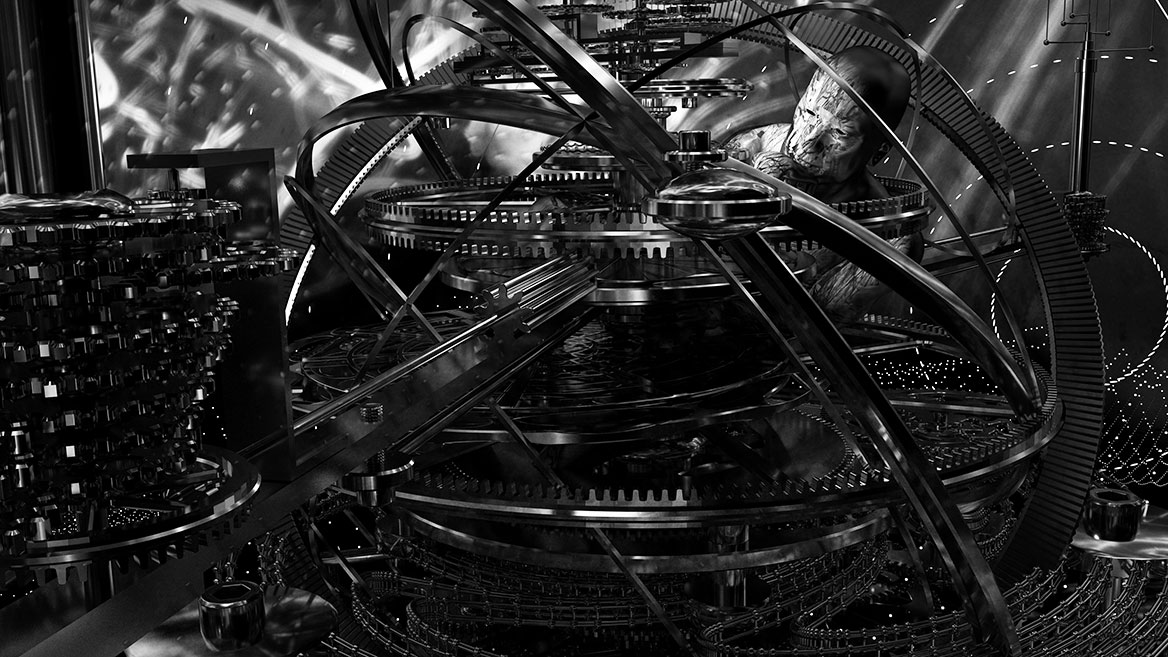
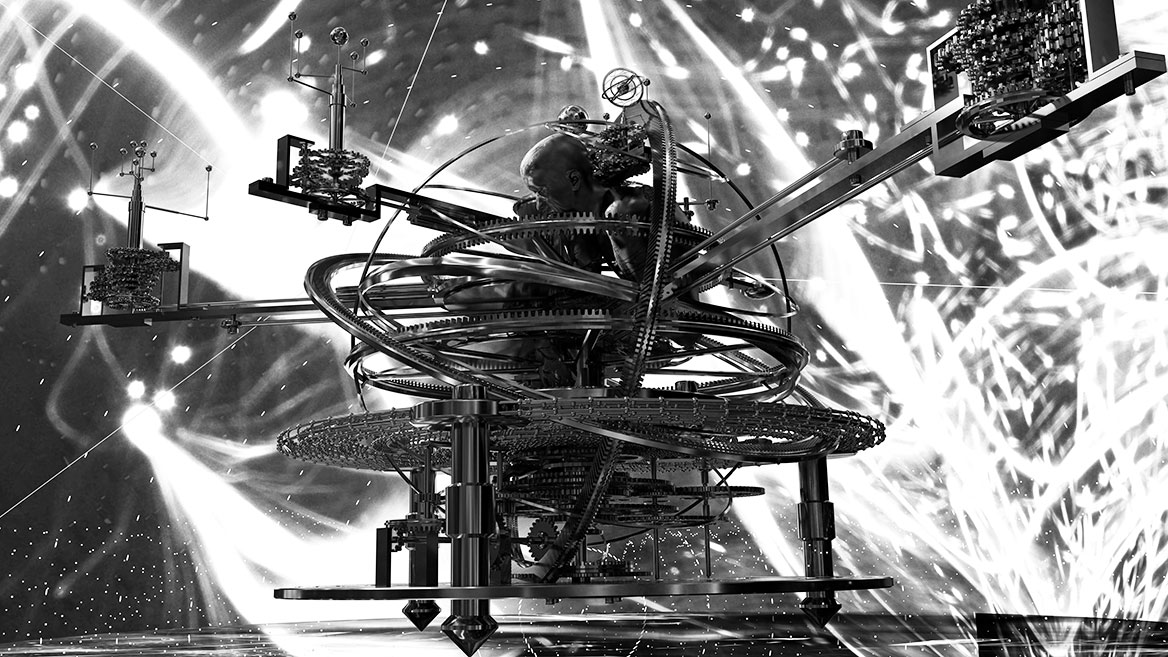
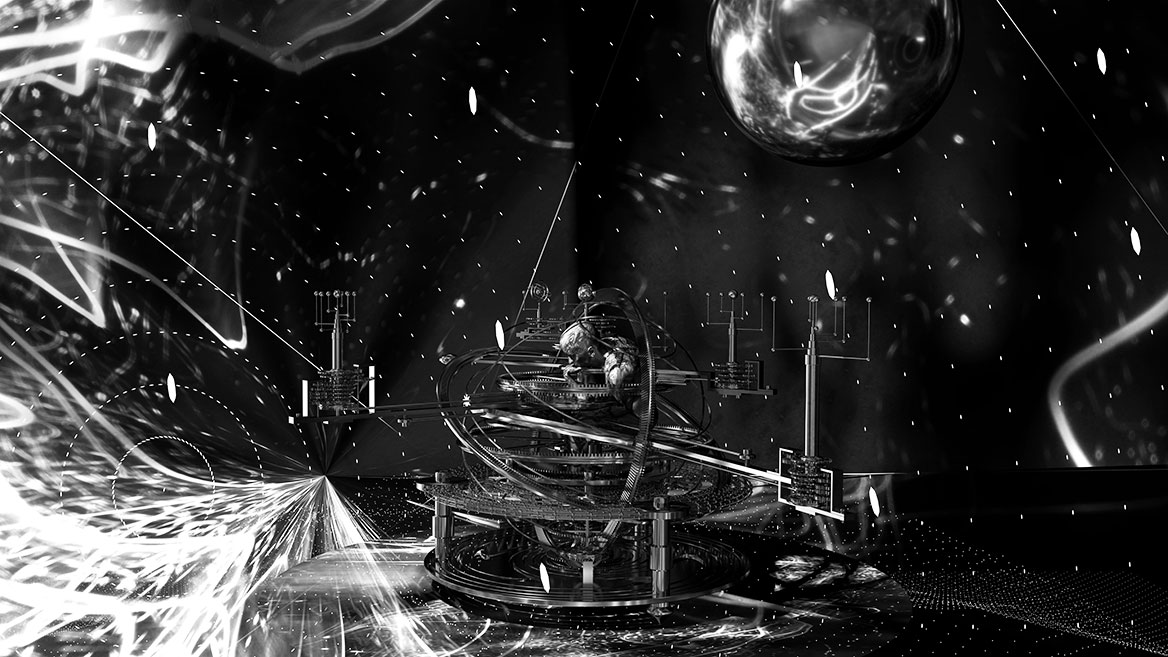

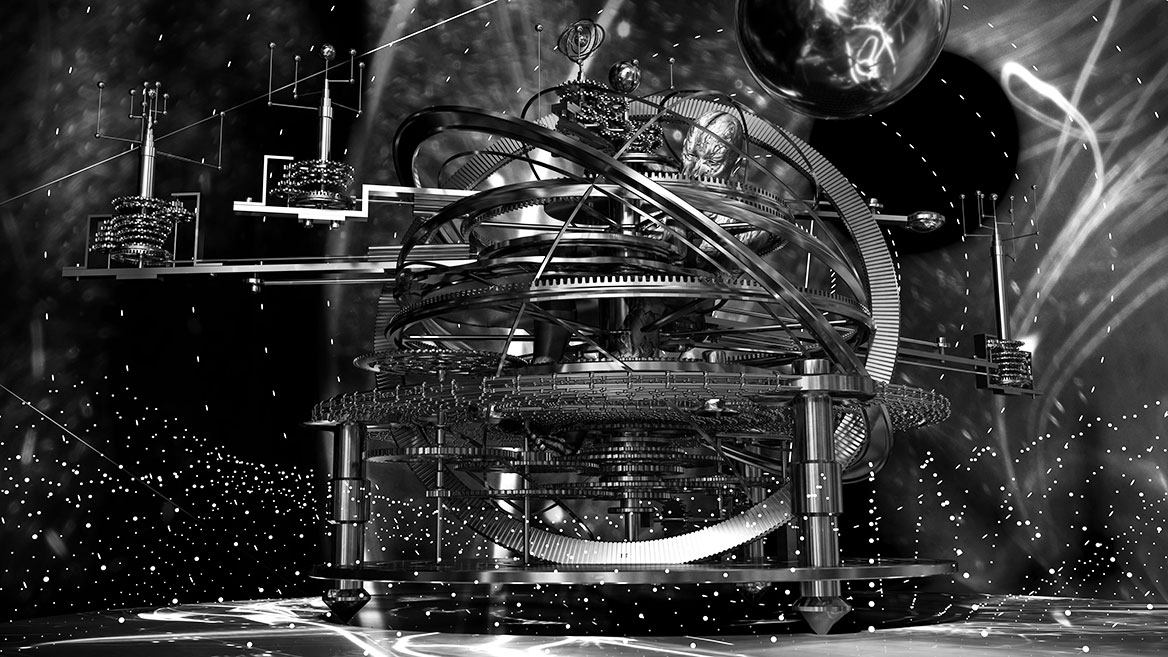
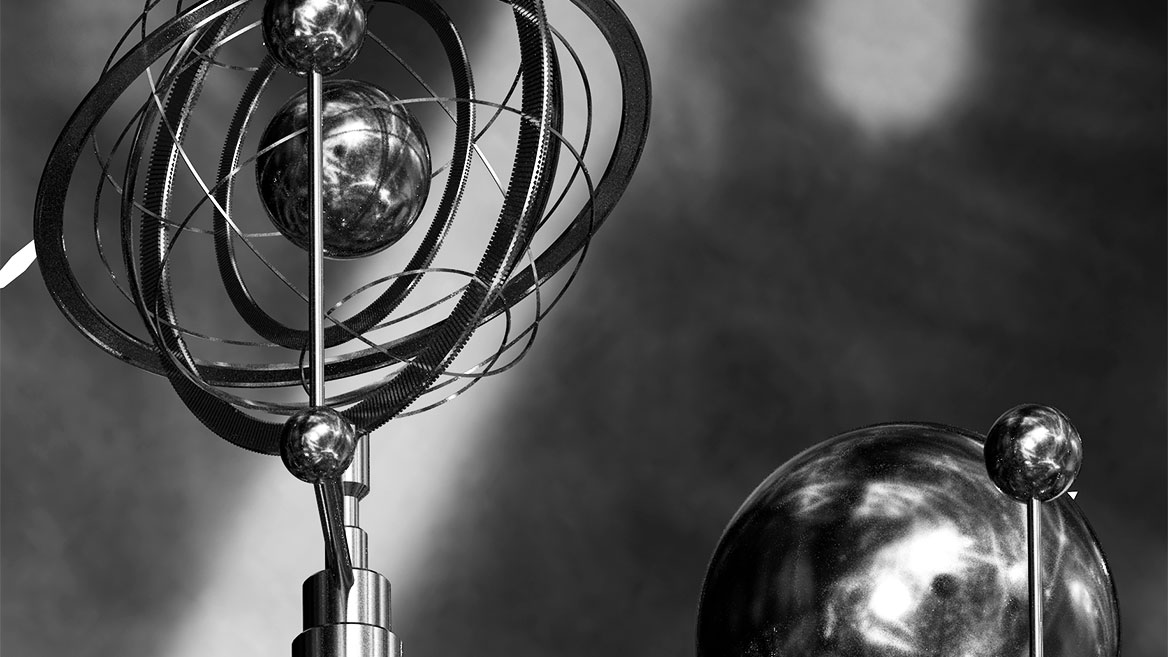
Comment
Author: Heinz Hermann Maria Hoppe
The image series ‘There Must Be Order!’ illuminates thought spaces and systems of order. Although the phrases ‘Order is a must’ and ‘Order is half the life’, which are ridiculed as ‘typically German’, seem old-fashioned, the ideals behind them continue to influence our thinking.
Because man, ‘the measure of all things’, sorts his perceptions. He evaluates and describes his world according to rules. We distinguish organisms according to species in biological systematics we have invented. We construct technology according to industrial standards. We assess, organize and structure: Our counterparts, teaching and learning contents, work processes and turnovers, rituals such as meals and travel routes, distant galaxies, art styles, party affiliations, even prejudices. Tirelessly searching for orderly relationships, programs remind us to keep to biological rhythms and set beats that are supposed to make us live more ‘naturally’. We reduce: to the essentials, to paragraphs, to trained skills and common treatment methods. We structure our everyday life and subsume memories to formative experiences. We look for patterns, templates, rules, – order. Abstractions, groupings, cataloging and hierarchies help us to comprehend and store.
However, ‘normality’ can also be a standard that causes suffering. People whose ‘appearance’ does not correspond to the norm or who do not behave ‘normally’, cause trouble or are even threatened and persecuted. Thereby, orders are only descriptions created by us, pure illusions. Oppressions are justified with norms. Re-education, resettlement, uprooting: because people did not and do not live according to imposed religious standards. Mass murderers in fascist systems invoked and still invoke arbitrary laws, set according to imposed values. ‘Non-normal’ people suffer ubiquitously in our midst. We are too small, too fat, too old – beyond the ideals of a trained scheme.
Disorder is hard for us to bear. ‘Creative chaos’ is better left to the ‘artists’. The confused old man lives ‘untidily’, the listless child writes ‘untidily’. The German have ‘order offices and traffic rules so that ‘not everyone can do what they want’. Coincidences are weeded out instead of valued and wiped away by behavior that conforms to norms. ‘We’ve always done it this way’, based on rules. The fact that tried-and-tested thinking could reach its limits and lose its validity in the future is not even considered.
Living beings and their life forms, like all natural processes, are complex and the networks of interactions with their worlds are predominantly not understood down to the last detail. Each organism has individual chromosomes. Every human being, every blade of grass, every grotto olm, every cloud formation and every underwater current is unique. Standardized interventions in finely divided systems can be disastrous. Harvests from monocultures produce high short-term yields, but in the long run, fertile soils, plant and animal species are lost. Aren’t we inadmissibly and superficially oversimplifying when we simply drop seemingly ‘incidental’ things under the table?
What unhappy unions can arise from ‘orderly circumstances’ and what chances for happy relationships are forever lost can be read in countless biographies. What prospects do habitual patterns of action offer us for the future? What do we miss out on if we constantly reel off routines? What innovations can still emerge from thought patterns with which we are constantly driving up against the wall?
Why don’t we look from completely different, changing perspectives and much more closely? Could we perhaps solve our problems in the complex gears of the world differently, more easily, even better? Don’t we have to position ourselves more wisely, against manipulative patterns of argumentation, including those imposed on us by ourselves, which always put the brakes on new ideas? Do we have the right tools for creative solutions? How can we consistently ‘swirl’ our thinking, even beyond Design Thinking, truly ‘out of the box’
American Donna J. Haraway puts it this way in her outstanding book, “Unruhig bleiben”1: All of us on Terra live in restless times, churning times, murky and unsettling times.2 [...] There is an urgent need to think together and anew, across historical differences and between all possible forms of knowledge and expertise.3 [...] It matters which thoughts think thoughts. It matters what forms of knowledge know. It matters what relations make relations.4
Galileo Galilei, co-founder of the exact natural sciences, was only rehabilitated by the Catholic Church in 1992. Mankind is constantly circling around itself and is trapped in the self. We are called upon to voluntarily turn ourselves upside down and to try to ‘understand’ the world with other eyes. So that our horizon can widen much faster. So that ‘the sky does not fall on our heads’
List of sources:
1 See Donna J. Haraway, “Unruhig bleiben, Die Verwandtschaft der Arten im Chthuluzän”, Campus Verlag Frankfurt/New York 2018. The original English-language edition was published in 2016 under the title “Staying with the Trouble. Making Kin in the Chthulucene” by Duke University Press.
2 ibid., Introduction p. 9
3 ibid., p. 16
4 ibid., p. 53